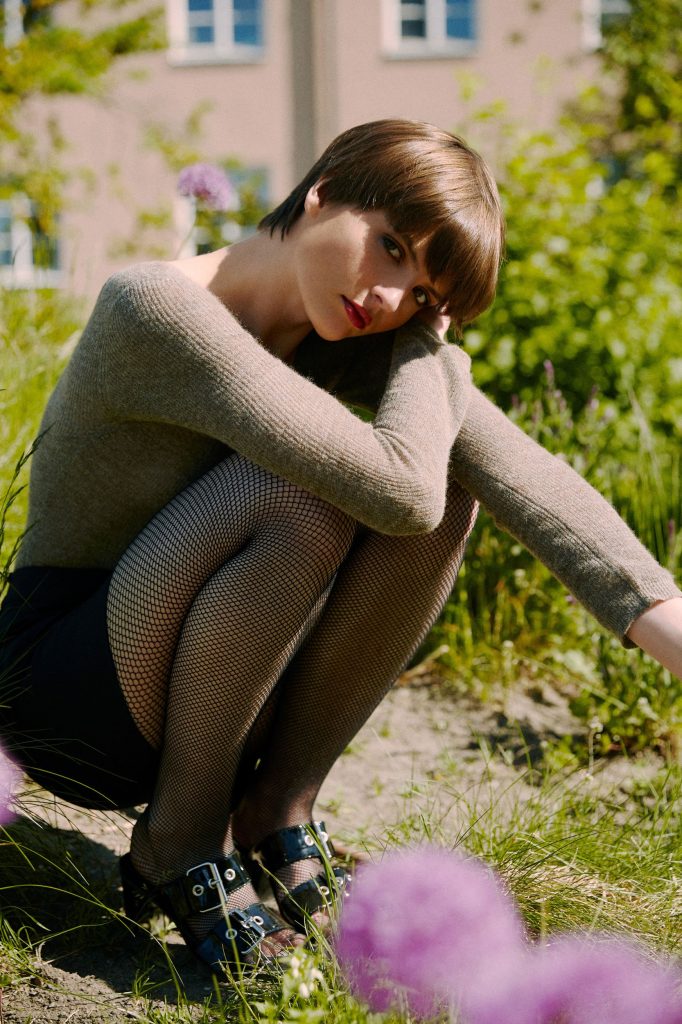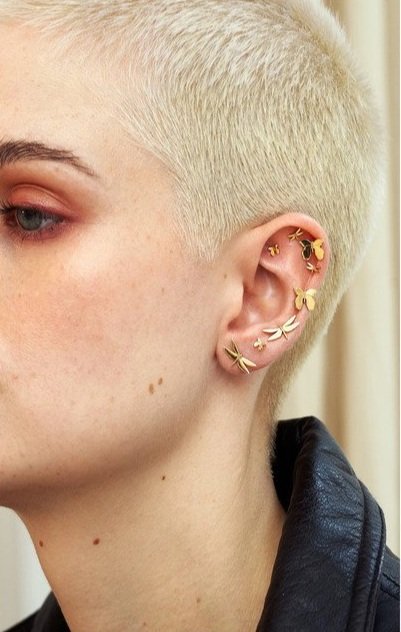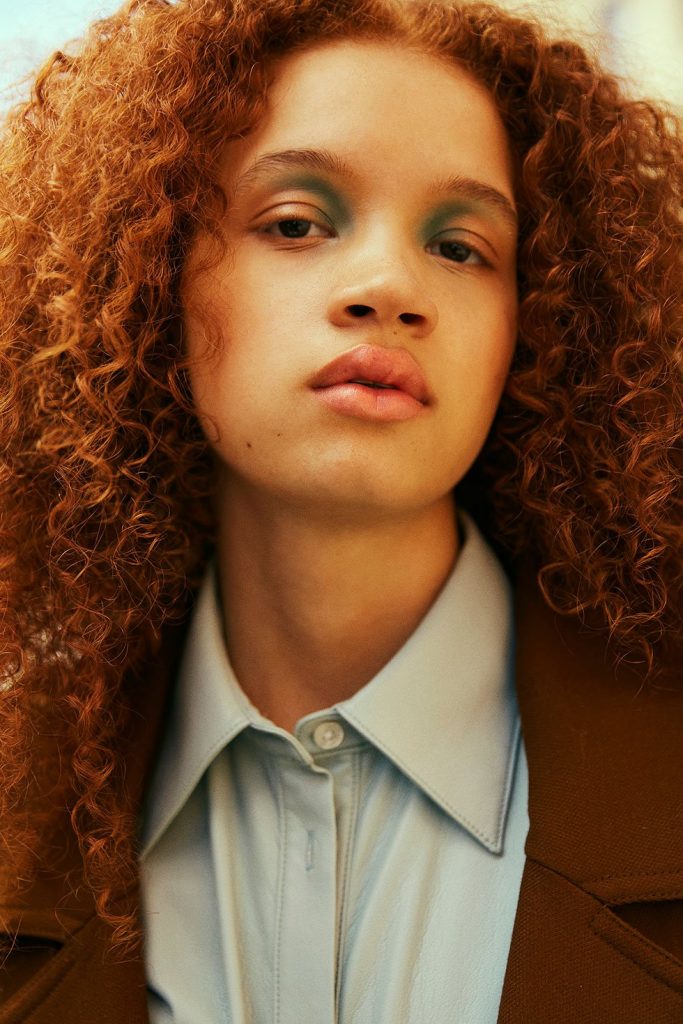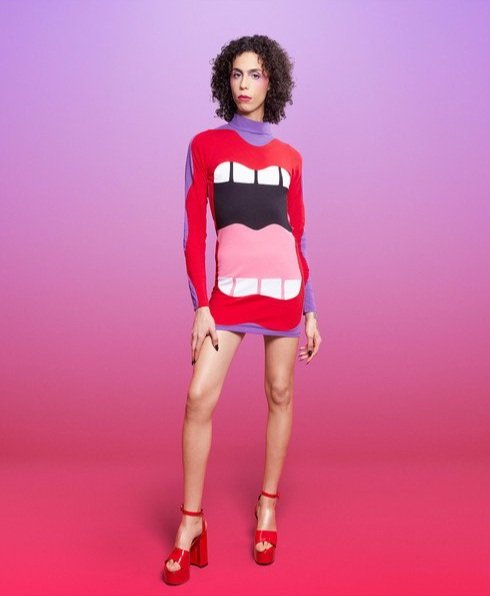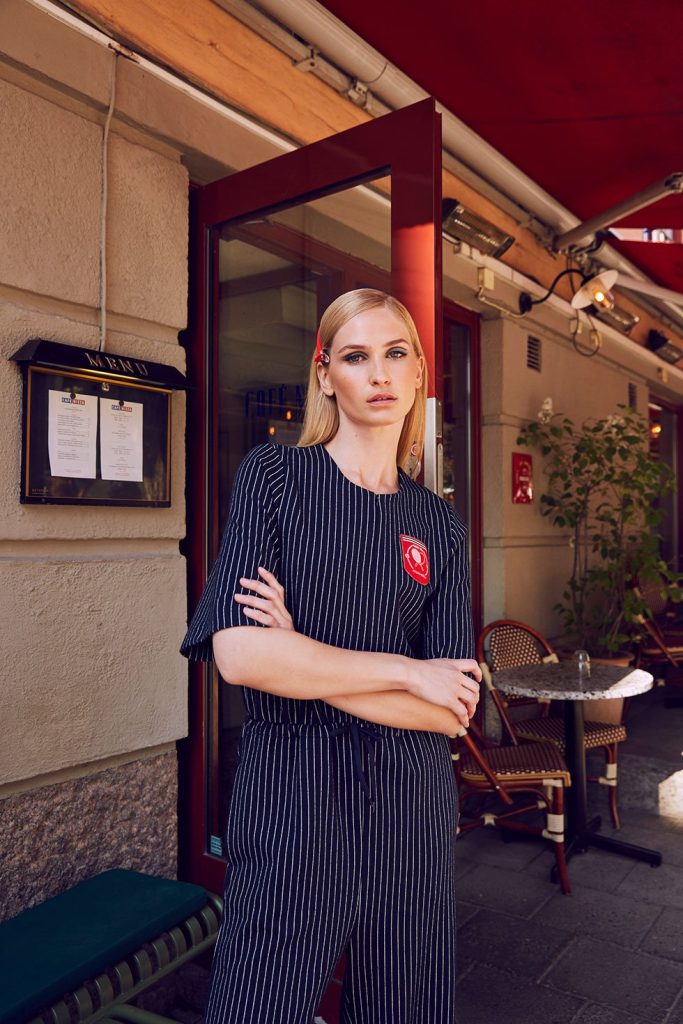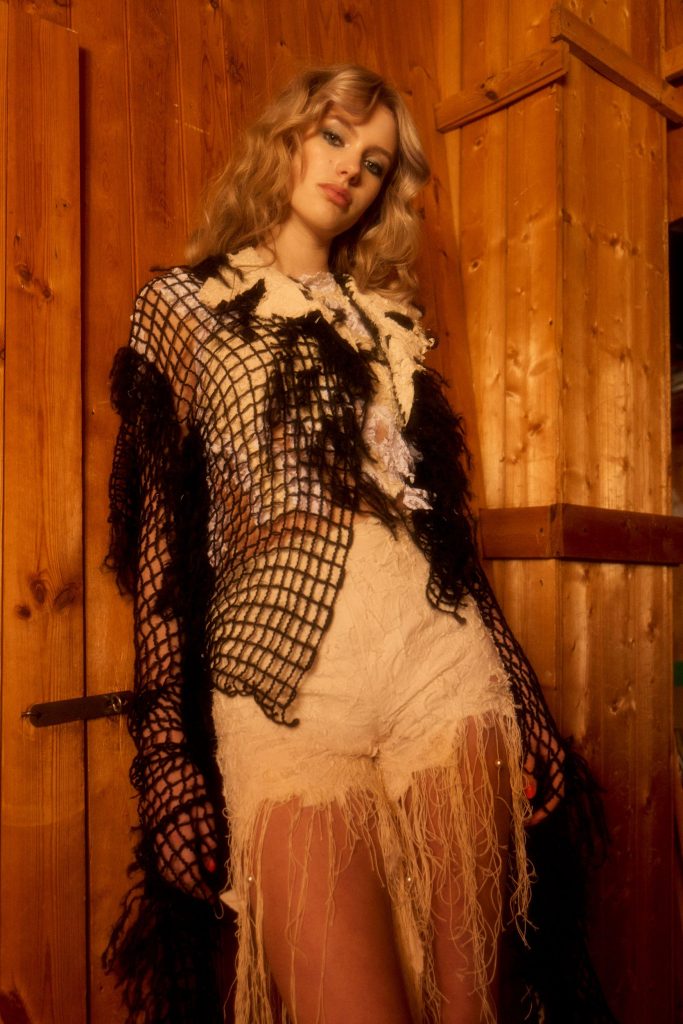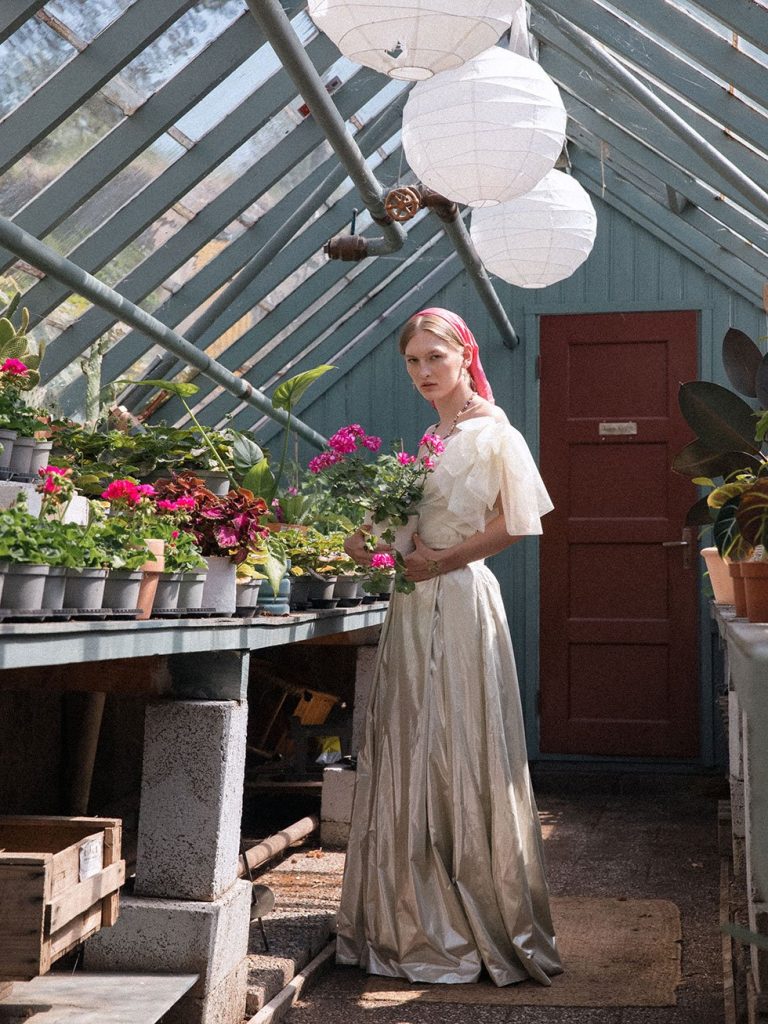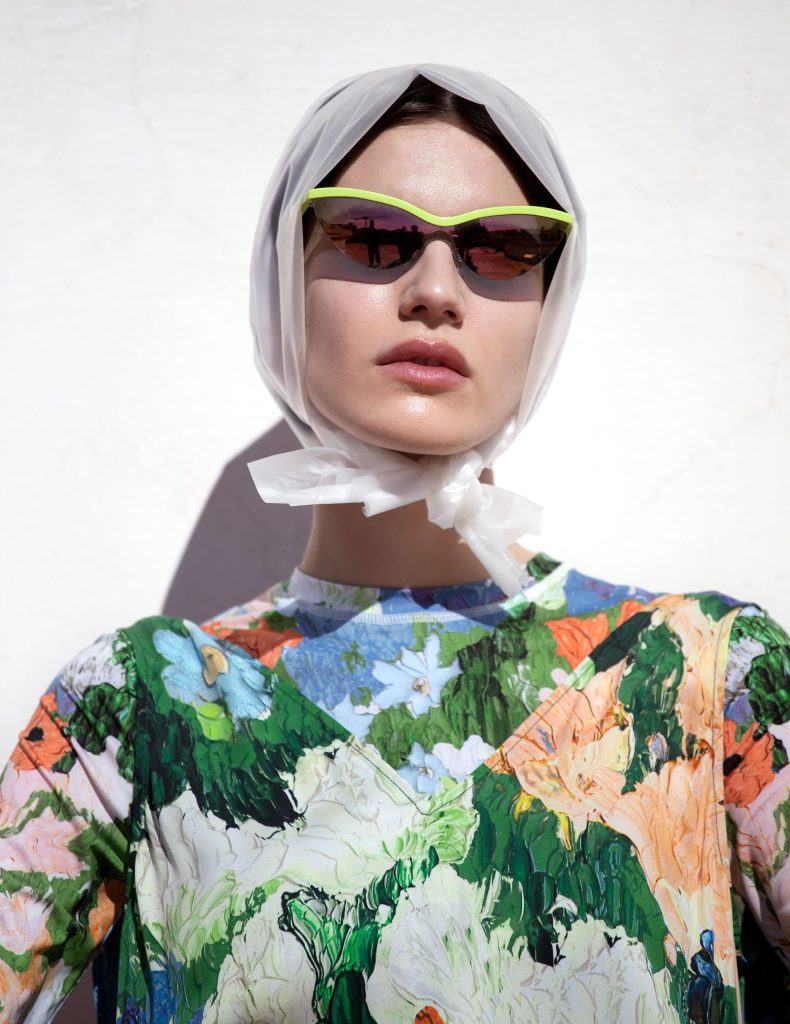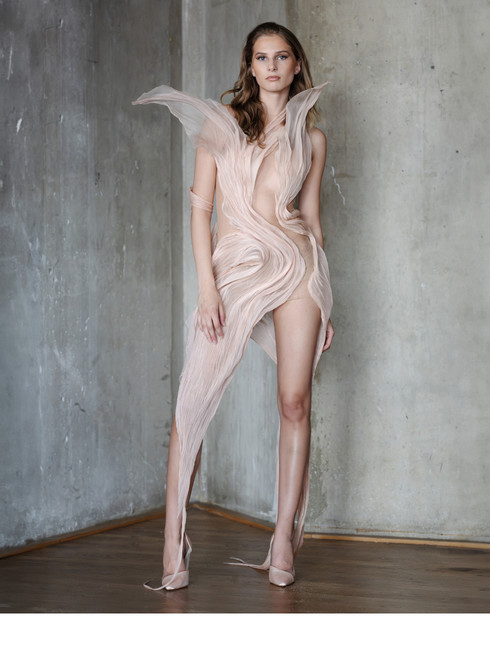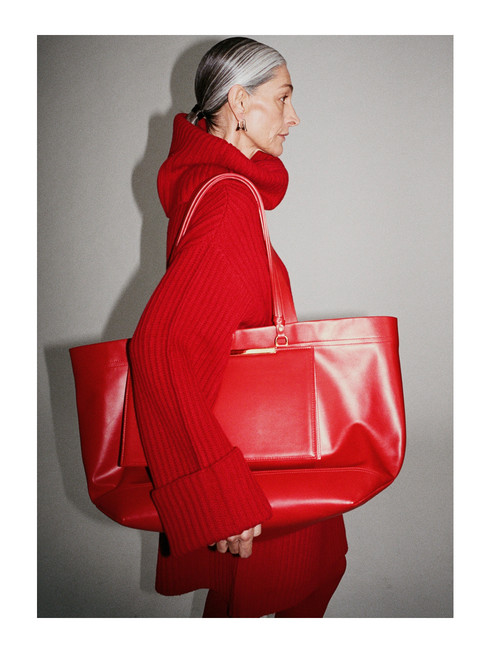Nestled into Drakens Grand, an alley in the old town of Gamla Stan, lies Akind–a sustainably and ethically sourced fine jewelry company. Anna Wallander, a native to Sweden, co-founded the brand in 2019 when she moved back to Stockholm after living and working in the legal field in Dubai. Eager to branch out after returning home, she longed to pursue something more business related instead of just “reviewing legal papers.” So what initially drew you to the jewelry industry?I had nothing to do with jewelry before. I had a completely different background. Actually, it was just a random conversation in the middle of the situation when I came back to Sweden, and I was like, okay, I want to do something more, something else, and I want to be my own. I had a conversation about the jewelry business, just in general, especially in North America. We saw some brands that were quite interesting from Canada and the US, and we’re like, well, they are, you know, on the forefront with their digital business model, embracing more of the sustainability part, and being more transparent, etc. So I was looking back to Europe, and I couldn’t see any of it happening here. That started to put me into a lot of reading, and when I then read up about this really heavy diamond mining industry, and then looking at the European market, I noticed there’s a huge space. There’s a huge, empty space here with room for something new to take place and something good to be done. Because it’s a very dirty industry. Do you design yourself or do you just run the business side, mostly?Mostly the business side, but of course as an entrepreneur from the beginning, you’ve done everything on your own. There’s nothing I haven’t done, but we have an in-house designer and she has been with us since the very beginning. So even though I had a vision of the design and all that, she is the talent that actually draws everything. And I can’t do that. She’s great, and she’s with us still, and she is the designer in the team. Now and then I sit with her in deciding together what we want to do and what kind of shapes and forms and then she draws different examples. images courtesy of Akinds How did Akind come together as a company?So it was right there when I got inspired by North American companies and felt that Europe was really far behind. And when I dug into all these reports that I came across, I realized that it’s like a heavy mining industry, and I wanted to create a brand. I just saw the opportunity of a brand that was embracing this in full because, even from the North American brand, I saw it wasn’t like there was super dedication for sustainability. People are touching upon it but it’s really hard to be sustainable. And it’s such a greenwashing word even today. But I read up on lab grown diamonds and that was also interesting because it was starting to grow fast in the US, but was still really far behind here. People are new to the concept, but now in the last two, three years, some quite big moves have happened also in Europe. But there is also the recycled gold part. Not all gold is recycled. It is quite hard to get a whole lot of 100% recycled, so it’s been a little bit of a mission of course. And that’s how the company came together. I got fascinated about everything that we can do. We created a team, so we’re three co-founders. One is a graphic designer with a branding background. The other one is a serial entrepreneur, and then it’s me with a legal background. So no jewelry background. So you said your diamonds are grown in labs. Do you want to talk more about that and why you decided to start instead of the mining one?Lab grown diamonds just made so much sense at the very beginning because the lab grown diamonds are grown in laboratories that mimic the Earth or the soil underneath the earth where a diamond is created under high heat and high pressure underneath. I mean, it takes millions of years for it to grow and become substantially big enough for it to be worthwhile to take out or extract. Whereas in the laboratory, they have worked for a century to get the right technique in place. It’s been a really long process. I feel like when you have these above ground diamonds that are used without extracting all these earth or soil and digging up these huge like City Halls and using poor materials or substances in order to get into the caves, then I would prefer everyday and week to use a laboratory. It’s the same thing it’s 100% Carbon both ways. So it’s a real diamond, not a synthetic etc. And it’s having some carbon pressed under the same. Do they look any different?You can’t tell the difference. The only thing you can see is that some diamonds or most diamonds, have some particles or blemishes etc, which have an origin from wherever they were extracted. So for example, if something like diamond comes from South Africa and has some blemishes that you notice through a microscope, and that diamond, you can sort of track it to their soil because it’s a different soil than it is in Peru or whatever. But a diamonds’ value from a mine is higher the less blemishes and particles it has, so you don’t want that. In the laboratory, it’s clinically clean more or less so you don’t have that sort of blemishes so that’s the difference and that also raises the quality of the diamonds in laboratories. And then where do you see the diamond industry going in the future? Do you think it will become more sustainable?100%. I mean, I think first of all, right now, lab grown diamonds have about 10 plus

